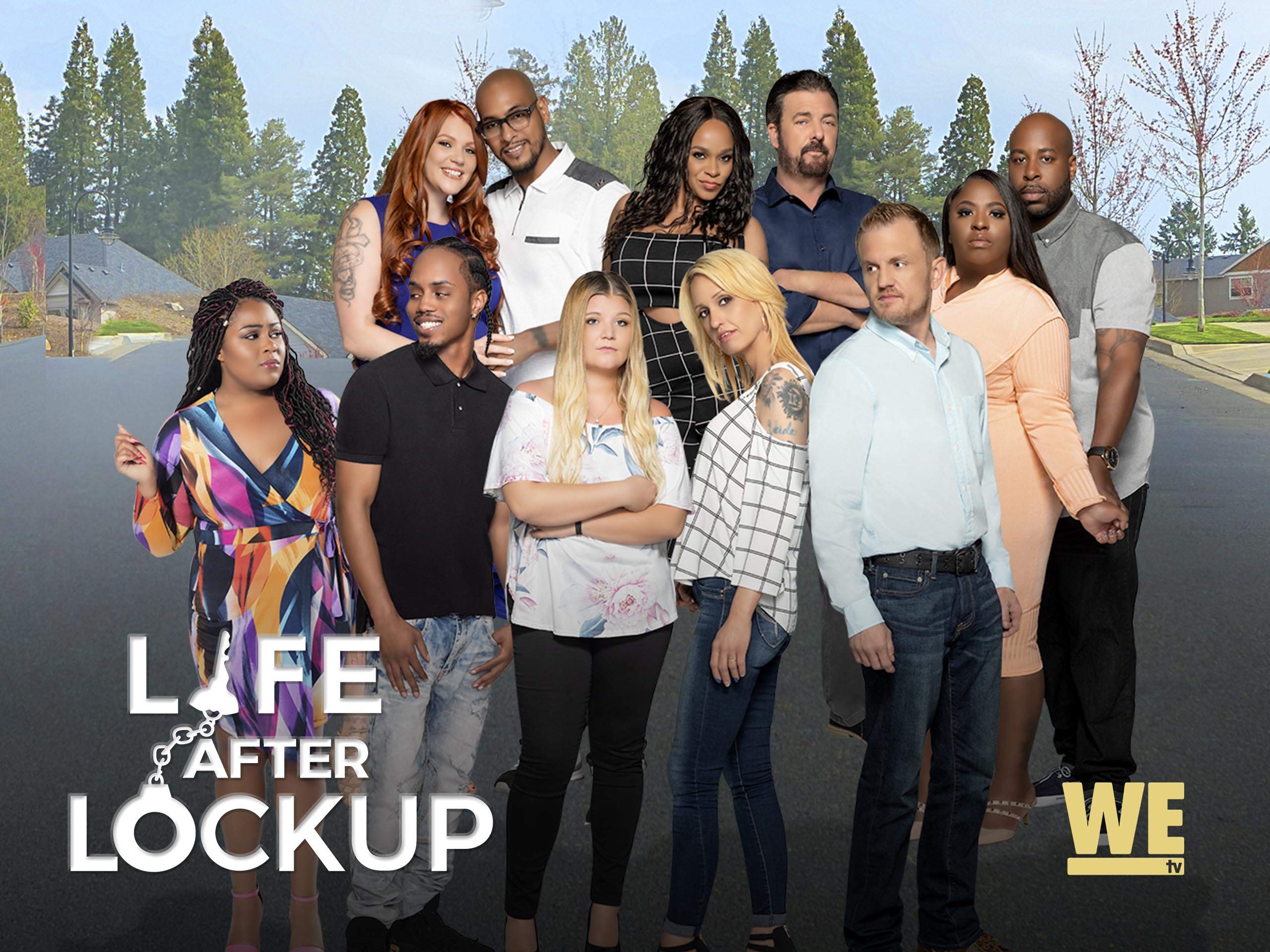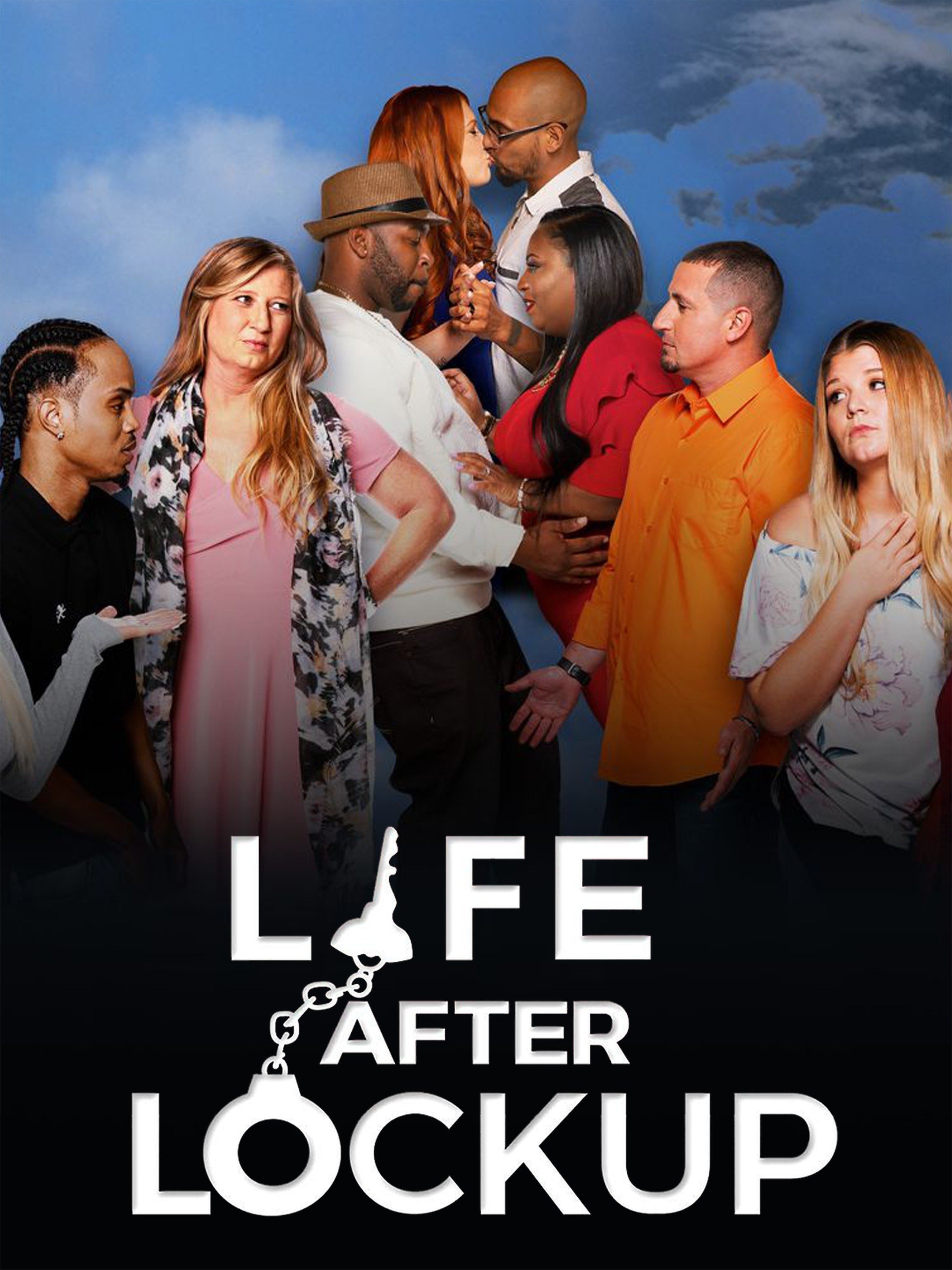Life After Lockup: The Journey Of Redemption And Second Chances
So here we are, diving into the world of "life after lockup." It's a topic that hits close to home for many people who have been touched by incarceration, whether directly or indirectly. Life after lockup isn't just about walking out of a prison gate—it's about rebuilding, redefining, and reclaiming what it means to live with purpose. But let's not sugarcoat it, this journey ain't easy, and it comes with its own set of challenges. So buckle up, because we're about to explore the highs, the lows, and everything in between.
You might be wondering why this topic matters so much. Well, it's simple. Every year, hundreds of thousands of people leave prison with the hope of starting fresh. But the reality? It's a tough road filled with societal stigma, limited opportunities, and the weight of past mistakes. Understanding what happens after lockup is crucial if we want to create a world where redemption isn't just a word but a real possibility.
This article isn't just about sharing facts and figures—it's about telling stories, highlighting struggles, and offering solutions. Whether you're someone who's been through the system, a family member, or just someone curious about the journey of rehabilitation, you're in the right place. Let's dive in and see what life after lockup really looks like, shall we?
- Exploring The World Of Palang Tod Ullu Web Series Hot Content
- Jimmy Somerville Exploring His Music Life Lgbtq Activism
Understanding Life After Lockup
First things first, let's break down what life after lockup actually entails. When someone is released from prison, they step into a world that might feel both familiar and foreign. It's like stepping out of a time capsule where everything has changed except you. The transition can be overwhelming, and it's not uncommon for individuals to struggle with finding their place in society.
One of the biggest hurdles is societal perception. People often carry preconceived notions about those who've been incarcerated, and these stereotypes can be incredibly damaging. Labels like "ex-con" or "felon" can stick, making it harder for individuals to reintegrate into society. But here's the thing—labels don't define a person's potential. Life after lockup is about proving that second chances are not only possible but necessary.
Key Challenges in Reintegration
Let's talk about the real challenges people face when they step out of prison. It's not all sunshine and rainbows, and it's important to acknowledge the struggles. One of the biggest issues is employment. Finding a job with a criminal record can feel like an uphill battle. Employers are often hesitant to hire ex-offenders, which creates a cycle of financial instability.
- Veronica Obando Leaks Content What You Need To Know Now
- Aaron Norris From Action To Tv A Look At His Career
Then there's housing. Where do you go when you're released? Many individuals struggle to find stable housing, and without a place to call home, it's tough to focus on rebuilding your life. Add to that the emotional toll of reuniting with family or navigating relationships that may have been strained during incarceration. It's a lot to handle, and it requires resilience and support.
Breaking Down the Stigma
Now, let's tackle the elephant in the room: stigma. Society has a way of labeling people based on their past actions, and it can be hard to shake off those labels. But here's the truth—everyone deserves a second chance. Life after lockup is about breaking down those barriers and showing the world that people can change. It's about proving that redemption isn't just a concept—it's a reality.
Education plays a huge role in combating stigma. When people understand the challenges faced by those leaving prison, they're more likely to offer support instead of judgment. Programs that focus on rehabilitation and reintegration can make a significant difference. By investing in these initiatives, we're not just helping individuals—we're strengthening communities.
Rehabilitation vs. Punishment
Here's a question worth pondering: Should the focus be on punishment or rehabilitation? For years, the justice system has leaned heavily on punishment, but is that really the most effective approach? Studies show that rehabilitation programs—like education, therapy, and job training—can significantly reduce recidivism rates. It's a no-brainer, really. When people have the tools they need to succeed, they're less likely to return to a life of crime.
Think about it this way—would you rather live in a world where people are given the resources to turn their lives around, or one where they're left to fend for themselves after serving their time? The choice seems pretty clear to me.
The Role of Family and Community
Family and community support can make all the difference in life after lockup. Having a support system in place can provide the encouragement and guidance needed to navigate the challenges of reintegration. But let's be real—rebuilding relationships isn't always easy. Trust has to be earned, and it takes time and effort from both sides.
Communities also play a vital role in fostering an environment of acceptance and understanding. When neighborhoods come together to support those who've been incarcerated, it sends a powerful message. It says, "We believe in you, and we're here to help." That kind of support can be life-changing.
Support Systems That Work
So, what does a successful support system look like? It starts with access to resources. Programs that offer job training, mental health services, and educational opportunities can make a huge impact. Nonprofits and community organizations are doing amazing work in this area, and they deserve recognition.
Here are a few examples of programs that are making a difference:
- Job training initiatives that teach valuable skills
- Mental health services that address trauma and addiction
- Educational programs that provide pathways to higher learning
- Community outreach efforts that foster connections and understanding
Overcoming Barriers to Employment
Employment is a key component of successful reintegration, but it's also one of the biggest hurdles. Employers often hesitate to hire individuals with criminal records, citing concerns about safety and liability. But here's the thing—hiring ex-offenders isn't just a moral obligation; it's a smart business decision. Studies show that companies that hire from this demographic often see increased loyalty and productivity.
So, how can we encourage more businesses to take the leap? It starts with education. Employers need to understand the value that these individuals bring to the table. Programs like "Ban the Box" and "Second Chance Hiring" are helping to level the playing field, but there's still work to be done.
Success Stories and Role Models
Let's shift gears and talk about some success stories. There are countless individuals who have defied the odds and built successful lives after incarceration. These stories are inspiring and serve as powerful reminders of what's possible. Take, for example, a man named John Doe (not his real name), who turned his life around after serving 10 years in prison. He now owns a successful business and employs other ex-offenders.
Role models like John show that life after lockup doesn't have to be defined by the past. With determination and support, anything is possible. These stories remind us that redemption isn't just a dream—it's a reality.
Addressing Mental Health Needs
Mental health is another critical component of life after lockup. Many individuals leaving prison struggle with trauma, addiction, and other mental health issues. Without proper support, these challenges can become overwhelming. That's why access to mental health services is so important.
Programs that offer counseling, therapy, and support groups can make a huge difference. They provide a safe space for individuals to process their experiences and develop coping strategies. It's about more than just surviving—it's about thriving.
Breaking the Cycle of Recidivism
Recidivism is a term that gets thrown around a lot in discussions about life after lockup. It refers to the rate at which individuals return to prison after being released. The stats are sobering—nearly two-thirds of ex-offenders are rearrested within three years. But here's the kicker—recidivism isn't inevitable. With the right support and resources, it can be drastically reduced.
Programs that focus on addressing the root causes of criminal behavior—like poverty, lack of education, and mental health issues—can make a significant impact. It's about breaking the cycle and creating opportunities for change.
The Importance of Education
Education is a powerful tool in the journey of life after lockup. It opens doors to new opportunities and provides the skills needed to succeed in today's workforce. But here's the catch—many individuals leaving prison lack access to educational resources. That's where programs like GED classes, vocational training, and college courses come in.
Education doesn't just prepare people for jobs—it empowers them to take control of their lives. It gives them the confidence to pursue their dreams and make a positive impact on the world.
Access to Higher Education
Higher education might seem like an impossible dream for some, but it's more attainable than you might think. Programs like the Second Chance Pell Grant allow individuals to pursue college degrees while incarcerated or after release. It's a game-changer, providing access to opportunities that were once out of reach.
Here's the bottom line—education transforms lives. It breaks down barriers and creates pathways to success. By investing in education, we're investing in the future.
Conclusion: A Call to Action
Life after lockup isn't just a topic—it's a movement. It's about believing in the possibility of change and supporting those who are ready to turn their lives around. From breaking down stigma to providing access to resources, there are countless ways to make a difference.
So, what can you do? Start by educating yourself and others about the challenges faced by those leaving prison. Support programs that focus on rehabilitation and reintegration. And most importantly, believe in the power of second chances. Together, we can create a world where life after lockup is a story of hope and transformation.
Table of Contents
- Life After Lockup: The Journey of Redemption and Second Chances
- Understanding Life After Lockup
- Key Challenges in Reintegration
- Breaking Down the Stigma
- Rehabilitation vs. Punishment
- The Role of Family and Community
- Support Systems That Work
- Overcoming Barriers to Employment
- Success Stories and Role Models
- Addressing Mental Health Needs
- Breaking the Cycle of Recidivism
- The Importance of Education
- Access to Higher Education
- Conclusion: A Call to Action



Detail Author:
- Name : Margot Friesen
- Username : martin43
- Email : nkertzmann@yahoo.com
- Birthdate : 1991-06-08
- Address : 989 Thompson Extension Apt. 292 Dasialand, NC 15310
- Phone : +18208559914
- Company : Herman, Murphy and Renner
- Job : State
- Bio : Ut illum impedit voluptatem sunt. Officiis quibusdam adipisci molestias molestiae. Illum sed at tempora. Illo ex consequatur nemo recusandae veniam incidunt.
Socials
instagram:
- url : https://instagram.com/susie3827
- username : susie3827
- bio : Tempora iste ratione hic. Praesentium itaque accusamus a consequatur incidunt voluptas totam.
- followers : 109
- following : 2075
linkedin:
- url : https://linkedin.com/in/susiehauck
- username : susiehauck
- bio : Doloribus nemo expedita ea nobis qui.
- followers : 6797
- following : 227
facebook:
- url : https://facebook.com/susie_real
- username : susie_real
- bio : Eligendi quis laboriosam in expedita facilis.
- followers : 1980
- following : 1662
twitter:
- url : https://twitter.com/susie_dev
- username : susie_dev
- bio : Blanditiis at aliquam laudantium ullam et consequatur et qui. Vitae ut repudiandae quasi quo beatae nostrum voluptas.
- followers : 2063
- following : 2941